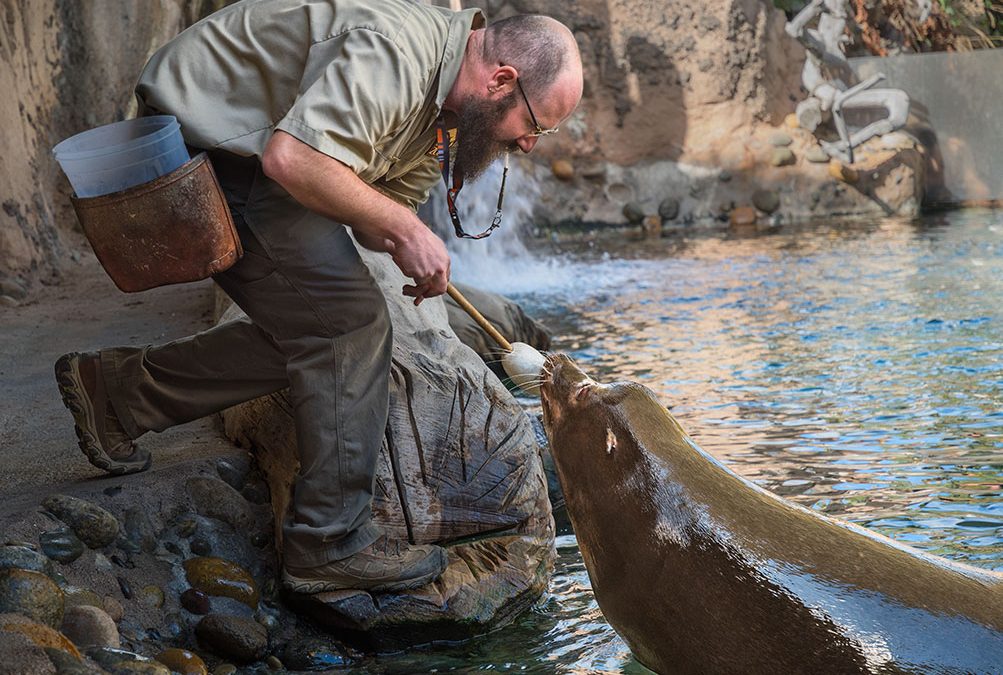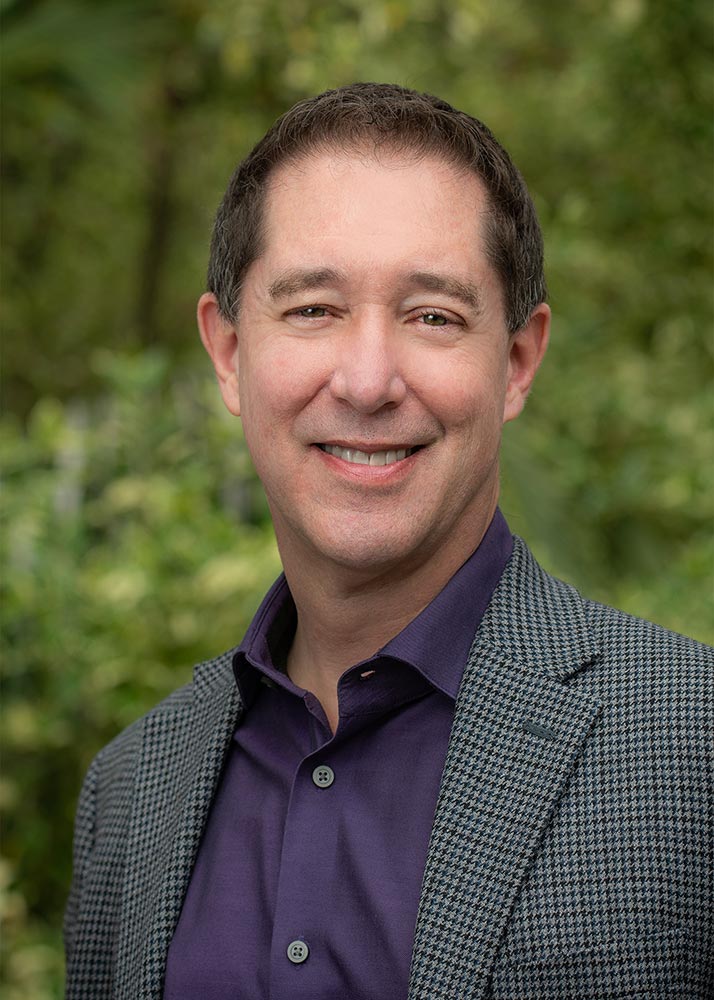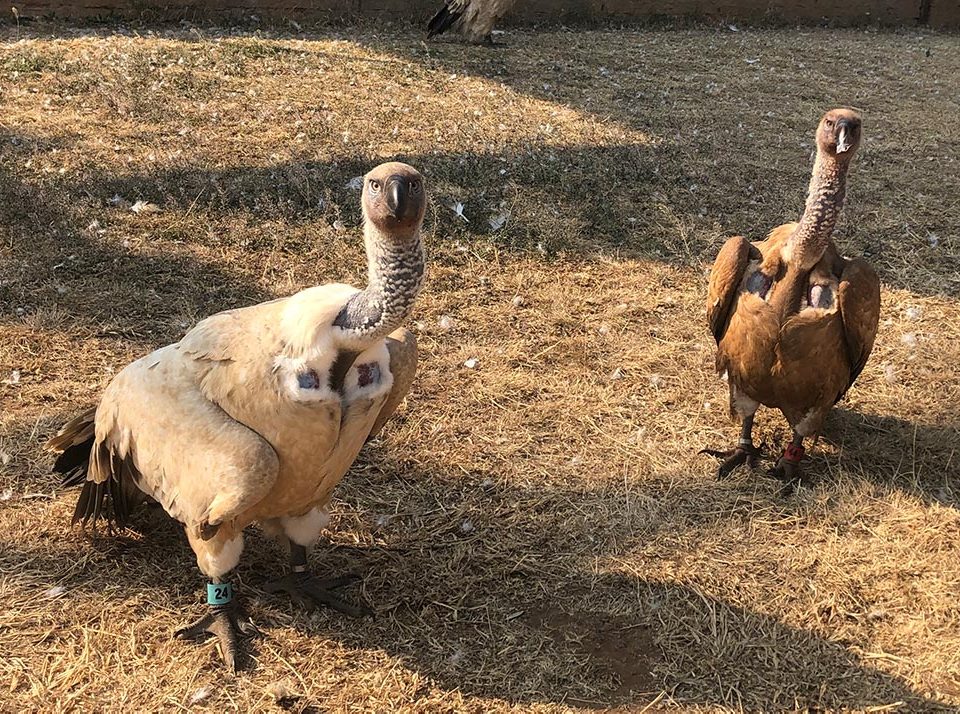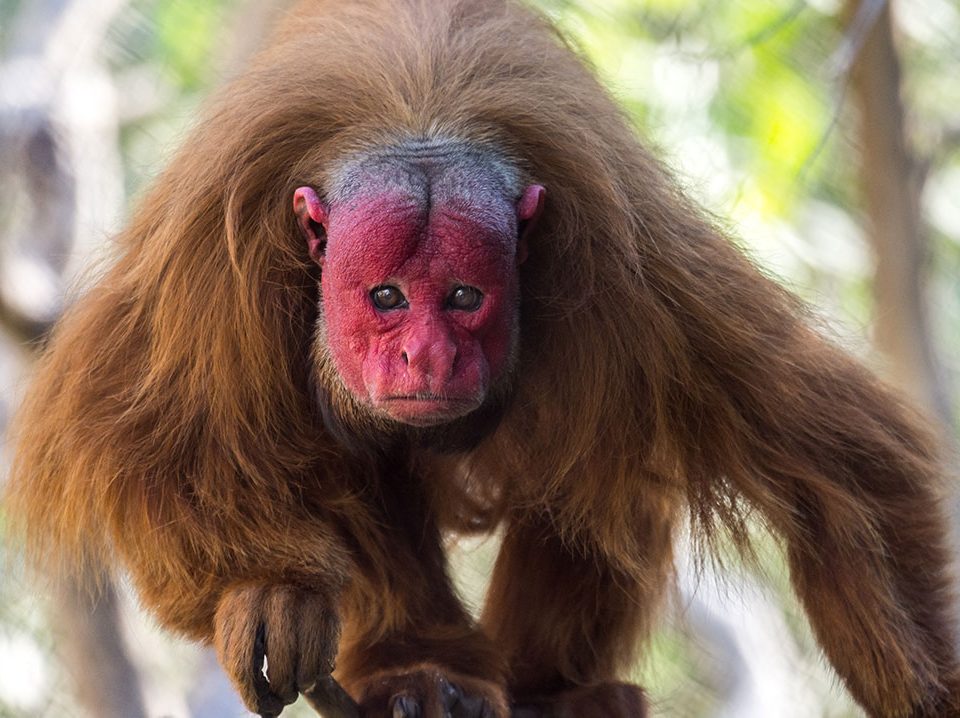Zoo Update with Tom Jacobson

Keep Calm and Carrion
September 1, 2019
Animal Keeper Bryan Martinez and Buddy the sea lion. Photo by Jamie Pham
In early July, a VIP group visited the Zoo on short notice with an entourage of 22 people. I was impressed with the fast work of GLAZA and Zoo staff in putting together an itinerary for the group with several special experiences, including a behind-the-scenes visit with our marine mammals. This visit included a special opportunity to feed fish to Ziggy, our adorable harbor seal, and Buddy the sea lion. Both animals made dramatic entrances, but Buddy was an especially commanding presence—600 powerful pounds of pinniped.
It was not immediately apparent to our guests that Buddy is blind—he is a boisterous, healthy animal—but once they knew, they were eager to hear his story. Rescued from the wild when he was starving and emaciated, Buddy has thrived in the Zoo’s care. In fact, he was initially thought to be a juvenile because he was so underweight, but, after he quickly bulked up, it became clear that he was an adult. Providing a home for non-releasable animals like Buddy means more room in wildlife rehab facilities for animals in need of help.
“Our members and donors also play a direct role in conservation…”
The wildlife conservation mission of the Zoo extends beyond saving animals in California. Thanks to the ongoing support of Dominic Ornato, a former GLAZA trustee who established the Ornato Advanced Field Studies grant program, Animal Keeper Katie Vincent was able to travel to South Africa and spend a month assisting with the rehabilitation and monitoring of various vulture species and other large birds at VulPro, an NGO supported by the Zoo as part of our participation in the Association of Zoos and Aquariums’ SAFE (Saving Animals From Extinction) program. Katie’s work in South Africa is vital to the survival of imperiled vultures who must contend with habitat loss, man-made hazards such as power lines and wind turbines, and environmental toxins both accidental and deliberate. In June, poachers in Botswana poisoned more than 500 vultures to keep them from drawing attention to illegal kill sites.
The gifts of donors, members and visitors make it possible for us to give our Cape vultures a home in Los Angeles and share their story with people of Southern California, and thanks to Mr. Ornato and Katie Vincent, we are also helping vultures in the wild. In the coming year, four additional Zoo staffers will be making use of their Ornato grants to participate in important fieldwork projects around the world, learning and sharing the knowledge and experience they have gained here at the L.A. Zoo.
When the Zoo’s new director of conservation, Dr. Jake Owens, started working here in July, he asked how each of us participates in wildlife conservation. Many staff work directly with animals to help save species from extinction, but everyone at the Zoo contributes to that mission by providing financial, promotional, administrative, and moral support for our curators, keepers, and volunteers. Our members and donors also play a direct role in conservation every time they make a gift to the Zoo. Together, we are saving the world, one animal at a time!





